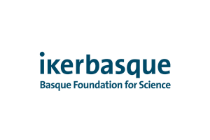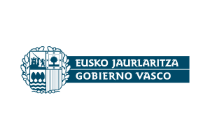 Eventos pasados: Jan Theeuwes. Statistical learning drives visual selection
Eventos pasados: Jan Theeuwes. Statistical learning drives visual selection
Jan Theeuwes. Statistical learning drives visual selection
What: Statistical learning drives visual selection
Where: BCBL Auditorium
Who: Jan Theeuwes, Experimental and Applied Psychology, Vrije Universiteit Amsterdam, Institute for Brain and Behavior Amsterdam, Amsterdam, The Netherlands
When: 12:00 PM, noon
Humans are constantly bombarded by streams of sensory information. Selective attention determines what we attend and what ignore. Traditionally, it was thought that what we attend was determined by our top-down goals and the physical characteristics of the environment. Recently however, it was pointed out that this conceptualization may be incomplete as selection is likely to be the result our experiences, i.e., the history of attentional deployments can elicit lingering selection biases, unrelated to top-down goals or the physical salience of items. Invariant properties of the visual environment can bias attention such that we are able to interact more effectively with the visual world. Previous studies have shown that the efficiency of selecting the target can be improved when the target consistently appears at specific locations in the display (e.g., contextual cueing). This is not surprising as the target is relevant for the task and it is known that attention can be directed to locations in space. In this talk, however, I will specifically focus on how statistical regularities regarding items that are not relevant for the task (i.e., distractors) affect selection. We show that through statistical learning, locations that are likely to contain distractors are suppressed relative to all other locations. These statistical regularities drive selection above and beyond top-down and bottom-up control and operate without people being aware of them. We argue that statistical learning induces plasticity in time and place within the spatial priority map such that locations that are likely to contain a target are boosted and locations that are likely to contain a distractor are suppressed. It reflects our ability to extract the distributional properties of sensory input across time and space; one of the most crucial human abilities that plays a role in essentially everything we do.








